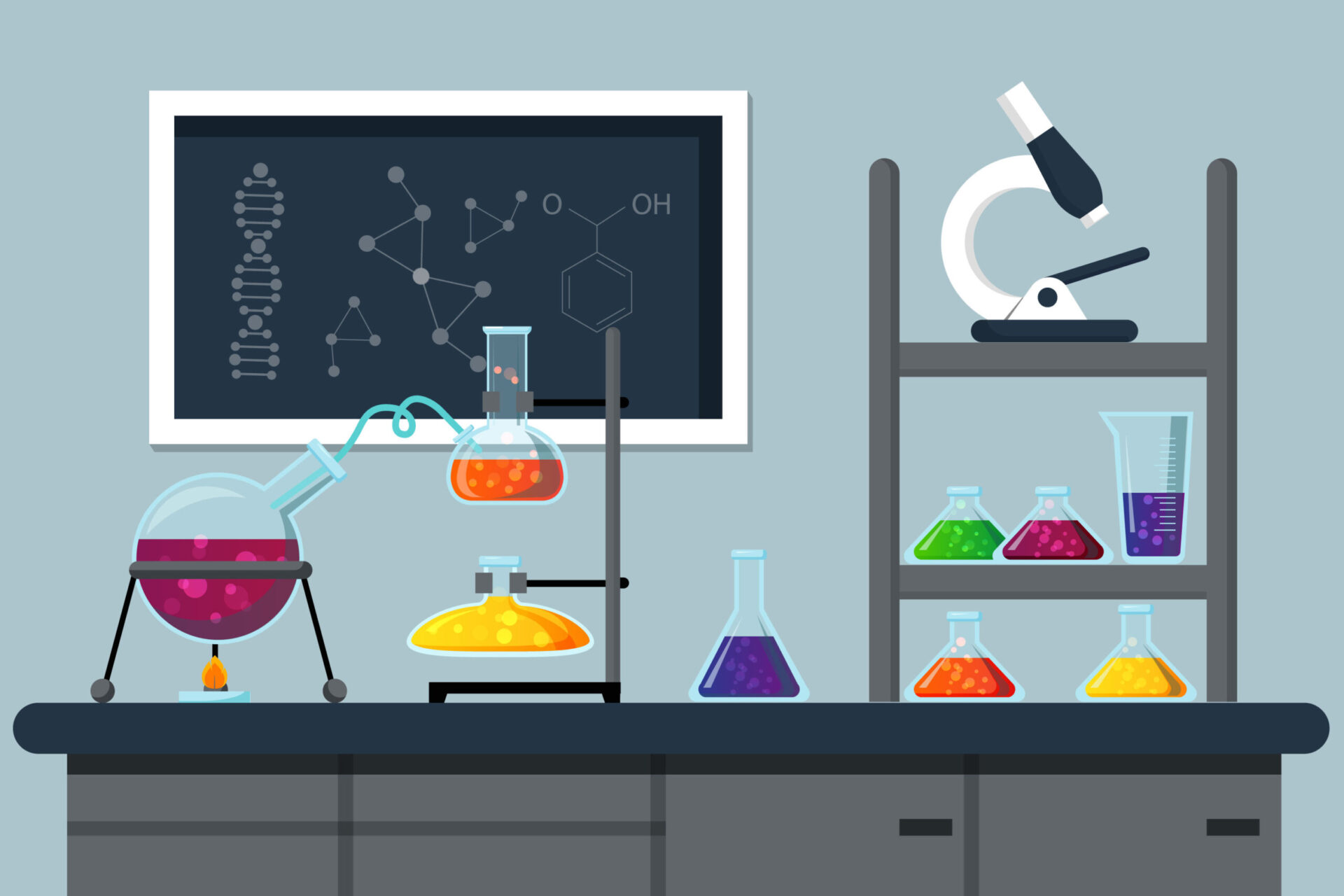Fabric yellowing is a persistent issue in textile manufacturing, especially during heat-setting, finishing, and storage. If not addressed, it can lead to fabric reprocessing, customer complaints, and brand rejection. The right anti-yellowing agent in textiles helps eliminate this risk by neutralizing factors that cause discoloration. In this article, we’ll explore the causes of fabric yellowing, how anti-yellowing chemicals work, and how to choose the right solution for your process.
What Causes Fabric Yellowing?
Understanding the root causes of fabric yellowing is key to preventing it:
1. Thermal Yellowing
Occurs during heat-setting, drying, or ironing due to high temperatures breaking down residual chemicals, leading to a yellow hue.
2. Chemical Residues
Substances like optical brighteners, softeners, or finishes can degrade under heat or UV exposure, resulting in discoloration.
3. Oxidation
Storage in poor environmental conditions, especially in the presence of nitrogen oxides, accelerates oxidation, which causes yellowing over time.
4. Contaminated Water or Machinery
Hard water, unclean equipment, or residual oils can contribute to yellowish stains on processed fabric.
Role of Anti-Yellowing Agents in Textile Processing
Anti-yellowing agents are specialty chemicals designed to:
Neutralize oxidative compounds
Stabilize residual chemicals on fabric
Prevent heat-induced degradation of finishes
Protect optical whiteners and softeners from UV or thermal damage
These agents form a protective barrier during processing and storage, ensuring long-lasting whiteness and a premium look.
Benefits of Using Anti-Yellowing Agents
Implementing anti-yellowing agents in textile processing results in:
Improved Fabric Whiteness
Higher Brand Acceptability
Reduced Reprocessing Costs
Greater Shelf-Life Stability
Compatibility with Finishing and Dyeing Processes
Application Method
Anti-yellowing agents can be applied during the finishing stage using a pad-dry-cure method. Recommended concentrations vary by fiber type and chemical system, typically ranging from 1-5 g/L.
Pro Tip: Always test in lab conditions to ensure compatibility with other finishing agents like softeners, resins, and whiteners.
Tex Aux Chemicals' Solution for Fabric Yellowing
At Texaux Chemicals, we offer a range of high-performance anti-yellowing agents specifically engineered for polyester, cotton, and blended fabrics. Our products are:
Non-yellowing under high-heat conditions
Compatible with optical brighteners
Free from APEO/NPEO and meet ZDHC compliance
With our solutions, leading mills have reported up to 40% reduction in rejection rates due to discoloration.



